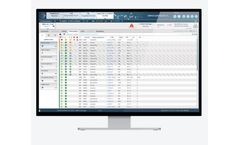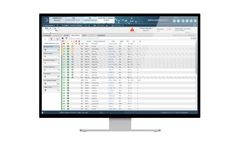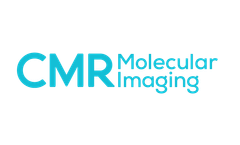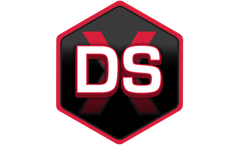Refine by
Cancer Risk Software
6 software items found
by:SOPHiA Genetics based inBoston, MASSACHUSETTS (USA)
Hereditary causes account for ∼10% of cancer cases, and an estimated 20% of cancer patients have a family history of cancer. Identification of an individual with a suspected hereditable cancer can lead to additional examinations and help formulate the most appropriate prevention strategies. Evaluating the predisposition to ...
by:PenRad Technologies, Inc. based inBuffalo, MINNESOTA (USA)
PenRad’s PenGen system allows facilities to collect and manage patients’ risk assessments and genetic testing eligibility. System calculates real-time cancer risk scores, and Genetic testing eligibility based on multiple models, for patient and ...
by:SOPHiA Genetics based inBoston, MASSACHUSETTS (USA)
Confidently assess genetic variants predisposing to cancer. Hereditary causes account for ∼10% of cancer cases, and an estimated 20% of cancer patients have a family history of cancer.1 Identification of an individual with a suspected hereditable cancer can lead to additional examinations and help formulate ...
Manufactured by:CMR Naviscan Corporation based inCarlsbad, CALIFORNIA (USA)
A New Standard of Care in Early Breast Cancer Detection. Even when a mammogram is deemed negative, additional adjunctive tests, such as Molecular Breast Imaging (MBI), for women with dense breast tissue or who are considered high-risk for breast cancer should be considered. When a patient is determined to have dense breast tissue, or has a ...
Manufactured by:Tempus based inChicago, ILLINOIS (USA)
Breast AI provides innovative solutions for breast cancer detection, measure breast density and assess personalized risk that offer clinically proven benefits to clinicians and patients, and are designed to optimize efficiency, enhance the patient experience, and improve outcomes. ...
by:Simulations Plus based inLancaster, CALIFORNIA (USA)
DILIsym is a sophisticated quantitative systems toxicology (QST) software designed to predict and elucidate drug-induced liver injury (DILI). This tool utilizes a middle-out, multi-scale modeling approach to simulate the complex biochemical and physiological interactions leading to liver toxicity. DILIsym integrates compound exposure with mechanisms of drug toxicity and inter-individual ...






